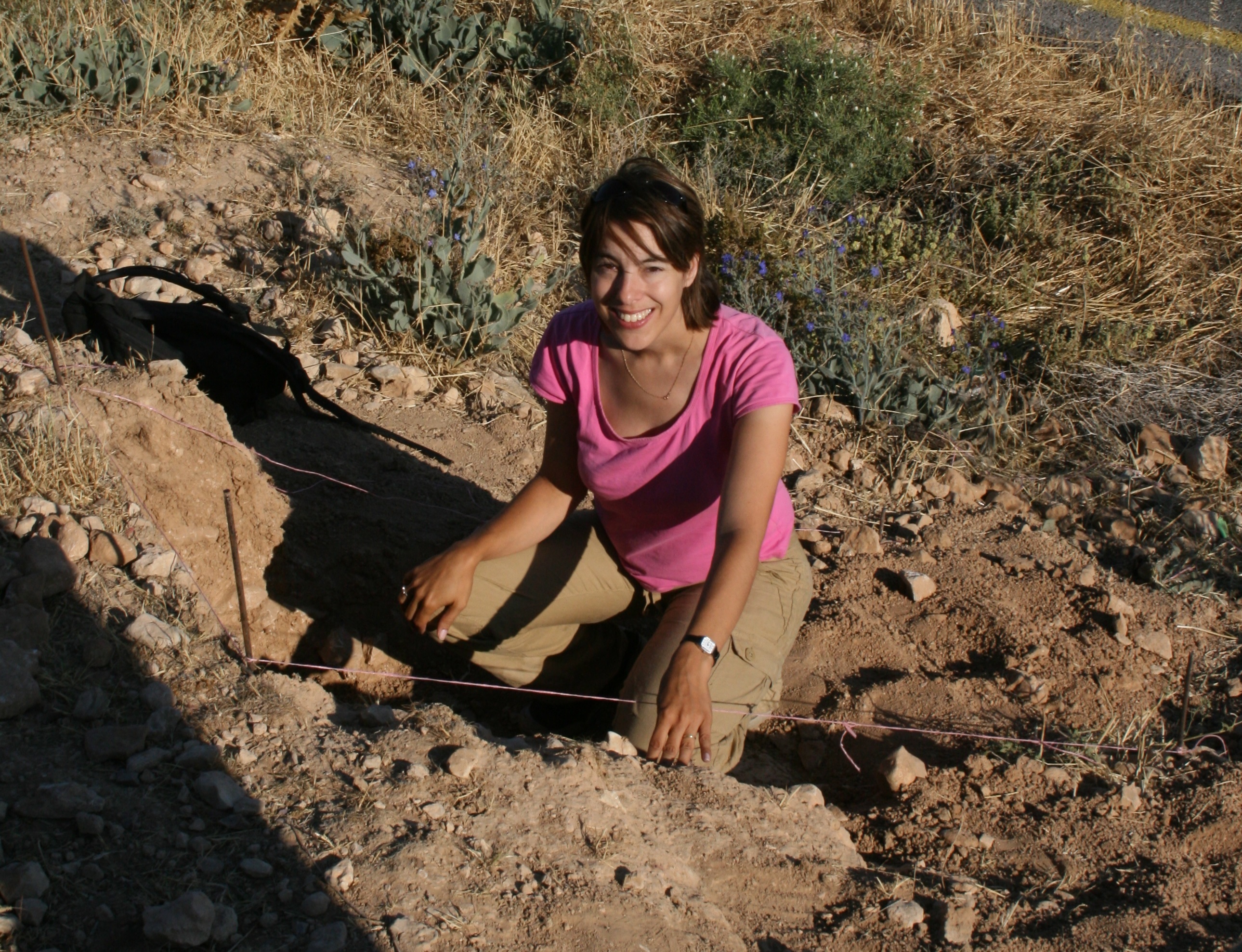
What animals did our ancient relatives cut and process using stone tools 250,000 years ago? Protein residues on stone tools found in Jordan provide some answers.
The protein residues that a research group has analyzed could be the oldest robust evidence of what these kinds of tools have been used to and what animals we ate during the Middle Paleolithic era.
A Wild Diet
Using a highly advanced method, the researchers was able to deduce what animals it was that these knives, hand axes and scrapers processed around 250,000 years ago.
It turns out that it was rhinos, camels, and ducks. In addition to these animals, the researchers were also able to track traces from early wild relatives of today’s horses and cows.
These protein remnants have been preserved through time on some of 7,000 stone tools found at what seems to have been a kind of oasis in the desert of Jordan, although the desert was possibly greener and wetter at this time.
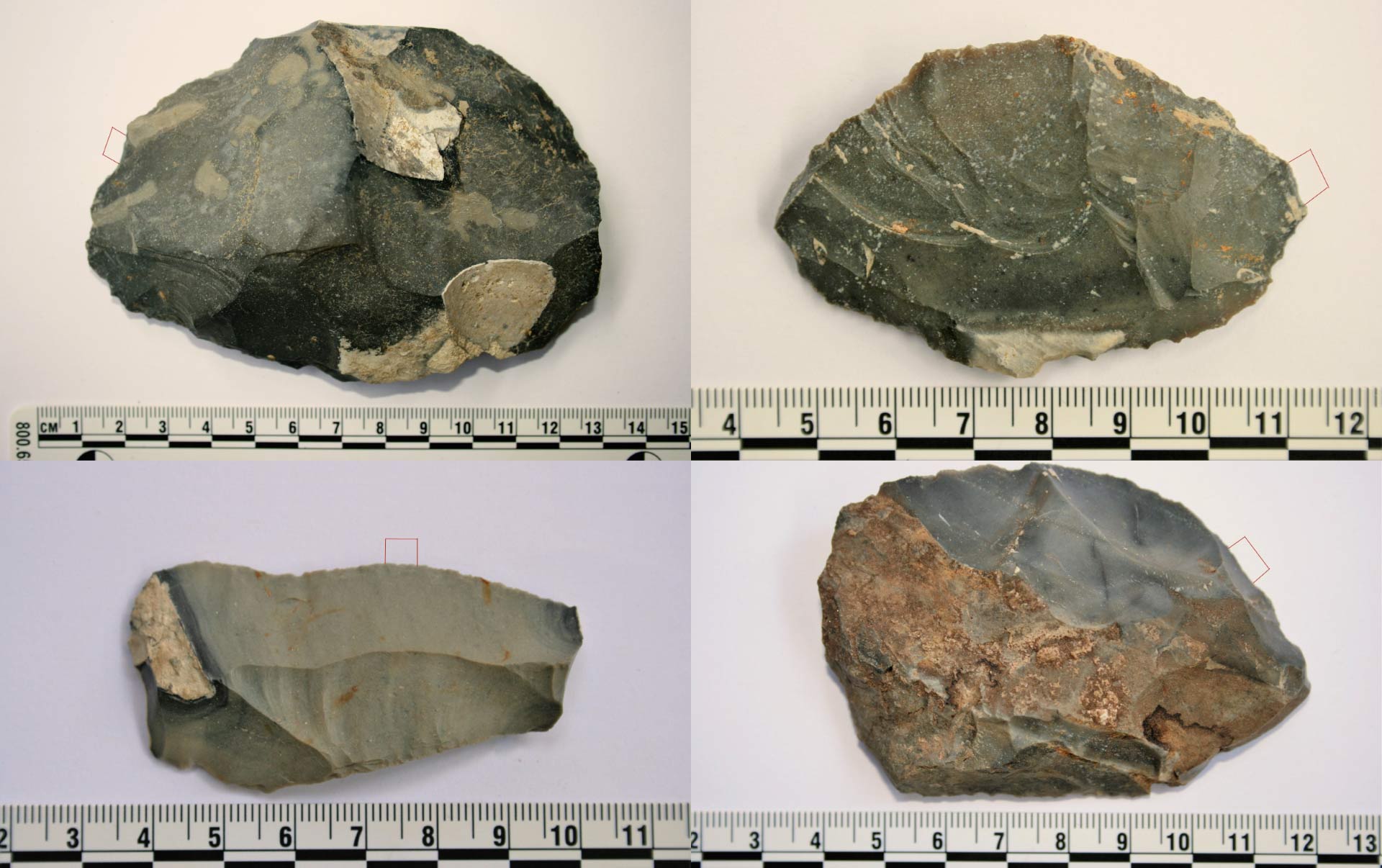
Of the 7,000 artifacts evaluated, 44 lithic artifacts (scrapers, utilized flakes, Levallois points, and bifaces) made from local flint were chosen for further analysis to identify possible protein residues.”
Of this sample, 17 tools tested positive for rhinoceros (3 tools), duck (3), horse (5), camel (3), and bovine (3) protein residue, i.e. blood and other products.
Humans As In ‘Homo Sapiens’?
Some sort of Hominini made them, but perhaps not Homo Sapiens. It could have been the Neanderthals that produced them – this is likely if they are as old as the archaeologists believe, but the dating is uncertain.
Anatomically, modern humans first appear in the fossil record in Africa about 195,000 years ago and studies of molecular biology give evidence that the approximate time of divergence from the common ancestor of all modern human populations was 200,000 years ago.
That would mean a new external border of the famous Neanderthal territory – and a much warmer and drier place than we usually think of as their residence.
The research team was led by April Nowell from the University of Victoria, British Columbia in Canada.
The same technique developed by Nowell and her colleagues could be used by other researchers to study other stone implements, including those that are significantly older.
The study has been published in the Journal of Archaeological Science.
_____________
Nowell, A., et al. Middle Pleistocene subsistence in the Azraq Oasis, Jordan: The protein residue and other proxies. Journal of Archaeological Science, August, 2016.
__________________________



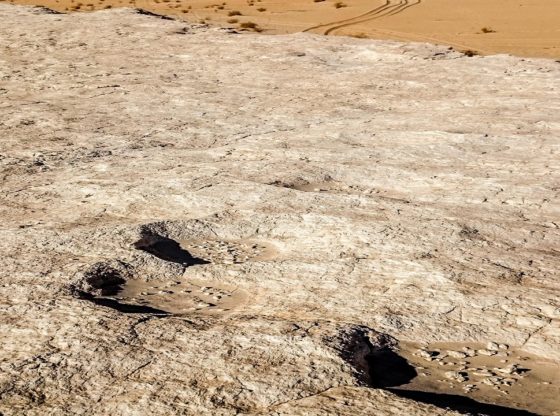
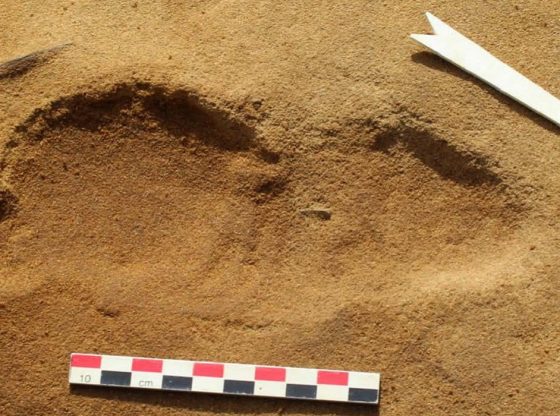
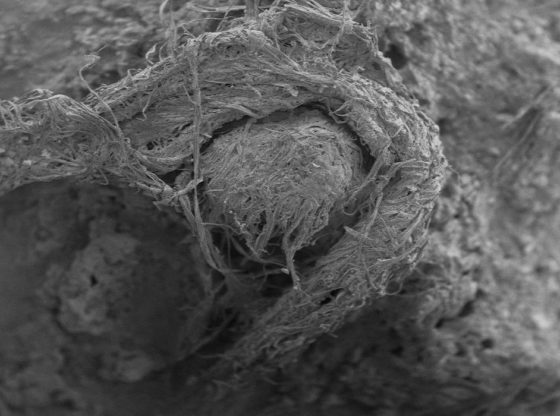
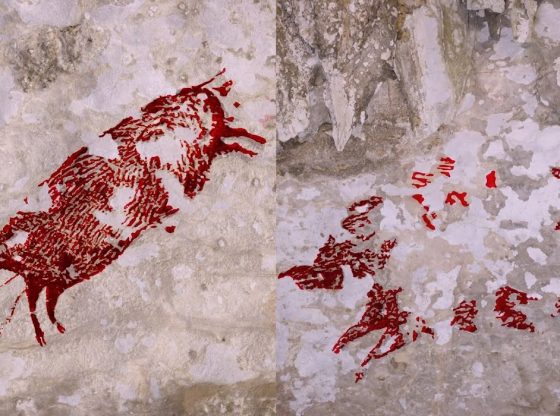
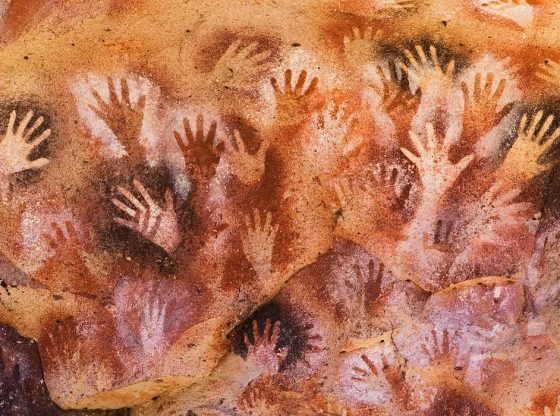
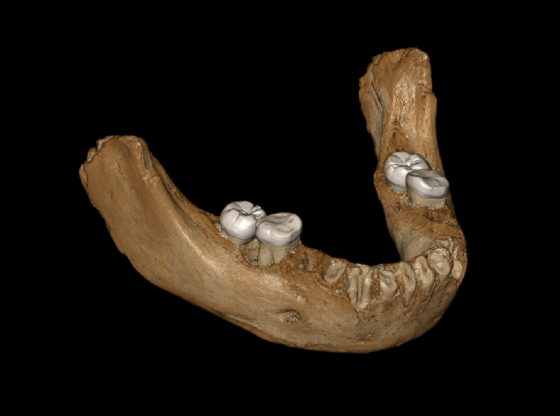
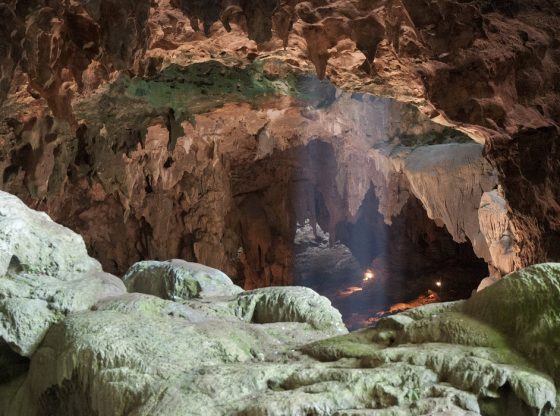
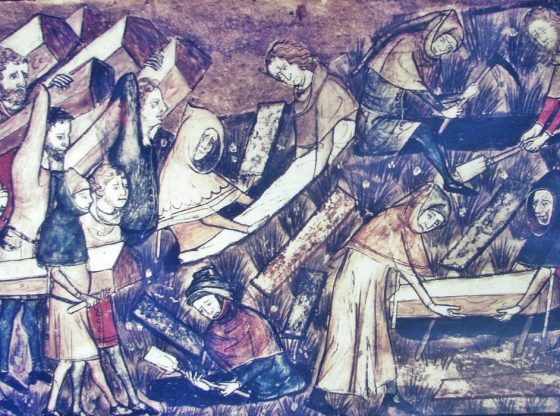
![OpenAI. (2025). ChatGPT [Large language model]. https://chatgpt.com](https://www.illustratedcuriosity.com/files/media/55136/b1b0b614-5b72-486c-901d-ff244549d67a-350x260.webp)
![OpenAI. (2025). ChatGPT [Large language model]. https://chatgpt.com](https://www.illustratedcuriosity.com/files/media/55124/79bc18fa-f616-4951-856f-cc724ad5d497-350x260.webp)
![OpenAI. (2025). ChatGPT [Large language model]. https://chatgpt.com](https://www.illustratedcuriosity.com/files/media/55099/2638a982-b4de-4913-8a1c-1479df352bf3-350x260.webp)








